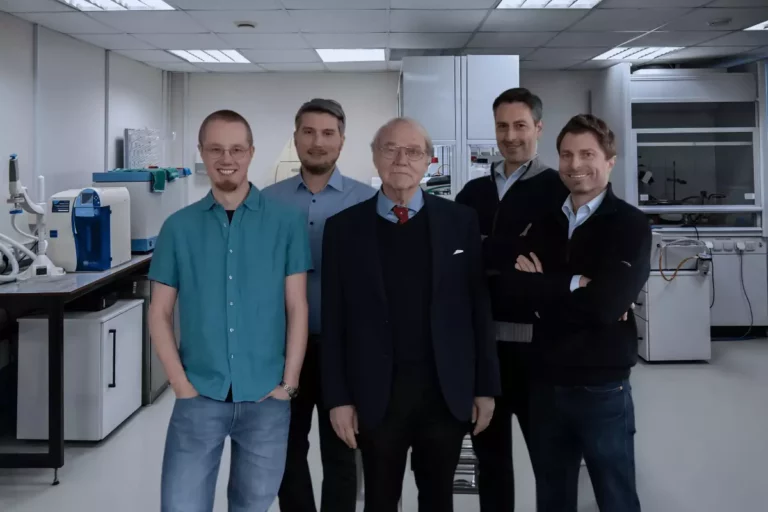The search for non-invasive blood sugar monitoring solutions has intrigued researchers, entrepreneurs, and investors alike. Despite numerous attempts, the medical industry has yet to deliver a credible device that can accurately measure glucose levels without a skin prick. One of the most notable efforts came from Alphabet, which attempted to create glucose-sensing contact lenses for diabetics but ultimately abandoned the project in 2018. Yet, the dream of a painless way to monitor blood sugar levels continues to thrive, driven by the growing awareness of diabetes management and wellness among the general public.
Among the firms pushing the boundaries of blood sugar monitoring is Berlin-based Quantune Technologies. Co-founders Dr. Jan Kischkat and Nikolaus Hahne have reportedly achieved a remarkable feat: reducing the size of infrared laser spectrometers, traditionally large and cumbersome, to a format that could eventually fit into a wrist-worn device. Laser spectrometers are potentially game-changing as they can measure glucose and other biomolecules non-invasively in interstitial fluid—the fluid that nourishes cells beneath the skin.
Quantune’s approach not only aims to cater to diabetics but also targets fitness enthusiasts, weight managers, and anyone interested in monitoring their health in real-time. However, the path to a commercialized product is fraught with challenges. Kischkat points out a significant hurdle: while their technology works efficiently in a controlled laboratory setting, translating it to real-world use presents considerable difficulties. Vibrations from physical activities like jogging and fluctuating environmental conditions can significantly impact measurement accuracy. To reach their goal, the company must refine its technology further while ensuring the device performs reliably outside laboratory confines.
In a bid to fuel their research and development, Quantune Technologies successfully secured €8.5 million (approx. $9.05 million) in seed funding, facilitated by investment firms such as Point72 Ventures and Vsquared Ventures. This funding marks a critical milestone, allowing the company to accelerate its development efforts and potentially expand its workforce. While the management anticipates a two-year timeline for the R&D phase, experts note that this could be overly optimistic, especially compared to established players in the sector like Apple, which has been investigating non-invasive glucose monitoring for over a decade.
Moreover, it’s worth noting that the company previously received €5 million ($5.3 million) in grants from the European Innovation Council and the Investment Bank of Berlin, which showcases continued investor faith in their vision and the importance of governmental support for pioneering technologies.
Revolutionizing blood sugar monitoring is not a challenge faced by Quantune alone. Several startups are also on similar quests, employing diverse tactics to crack the non-invasive code. For example, Synex Medical recently raised $22 million for their innovative approaches to glucose monitoring, while HME Square leverages photoacoustic techniques to examine biological tissues and track glucose levels. Furthermore, GraphWear, another emerging name in this space, previously raised $20.5 million to develop a product that can fit comfortably into wearable technology.
Despite significant advancements in continuous glucose monitoring (CGM), such as the FDA’s approval of devices like the FreeStyle Libre in 2017, these technologies still rely on needle sensors for readings. While they have undoubtedly enhanced diabetes management for millions, the quest for true needle-free solutions persists.
As demand for advanced health-monitoring technology grows, the challenge remains for startups and established companies alike to navigate the complex landscape of medical technology development. Regulatory hurdles, funding requirements, and the necessity for rigorous testing and validation processes are all significant roadblocks in advancing non-invasive blood glucose monitoring technologies.
While we see promising advancements from Quantune and its competitors, the road ahead remains steep. The journey towards a fully functional, non-invasive blood sugar monitoring system encapsulates a blend of scientific prowess, robust funding, and fortitude against the inevitable commercial challenges. If successful, this innovation could transform diabetes management and health awareness for countless individuals, offering a glimpse into a future where monitoring health does not require compromising comfort.


Leave a Reply